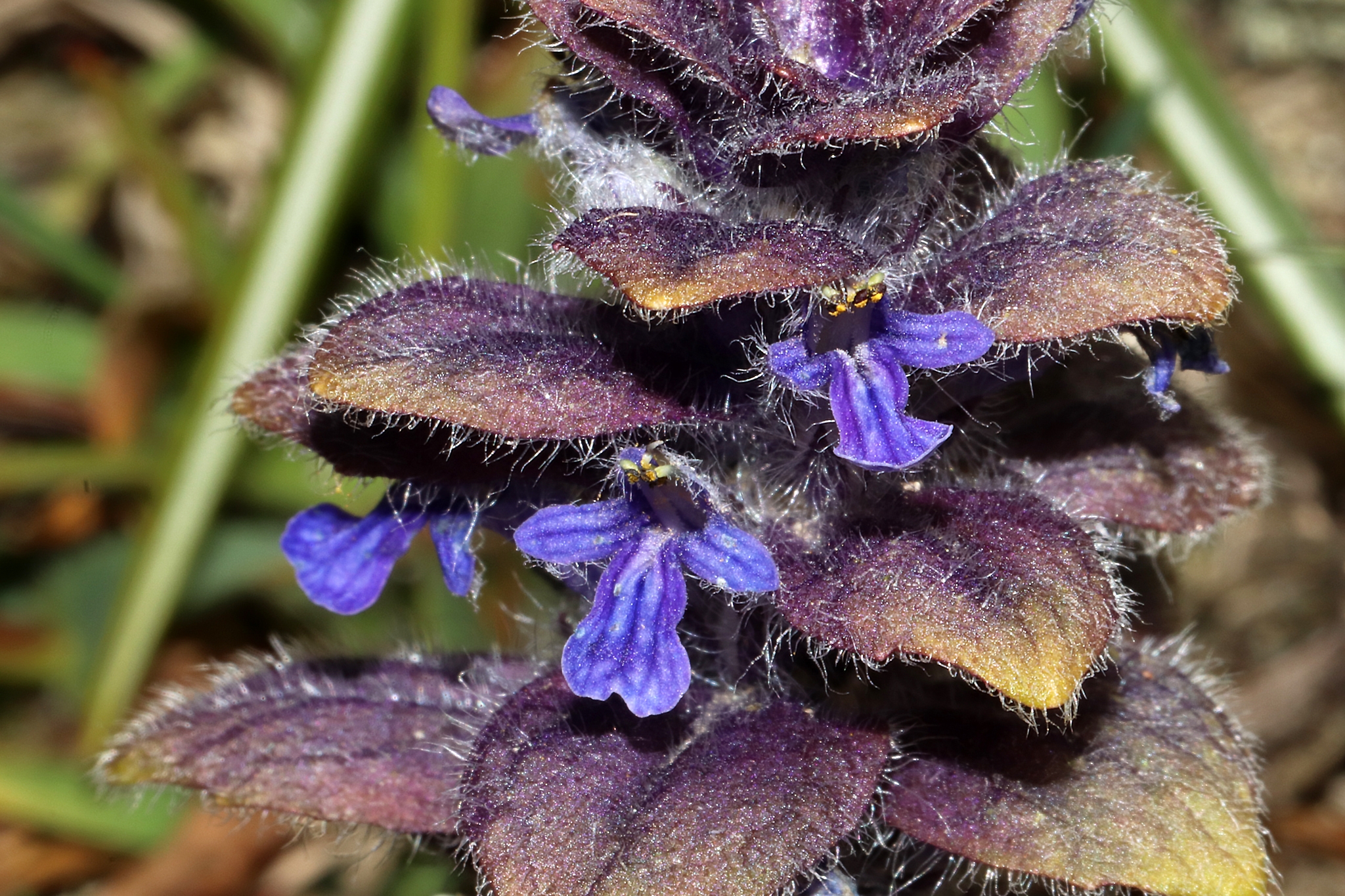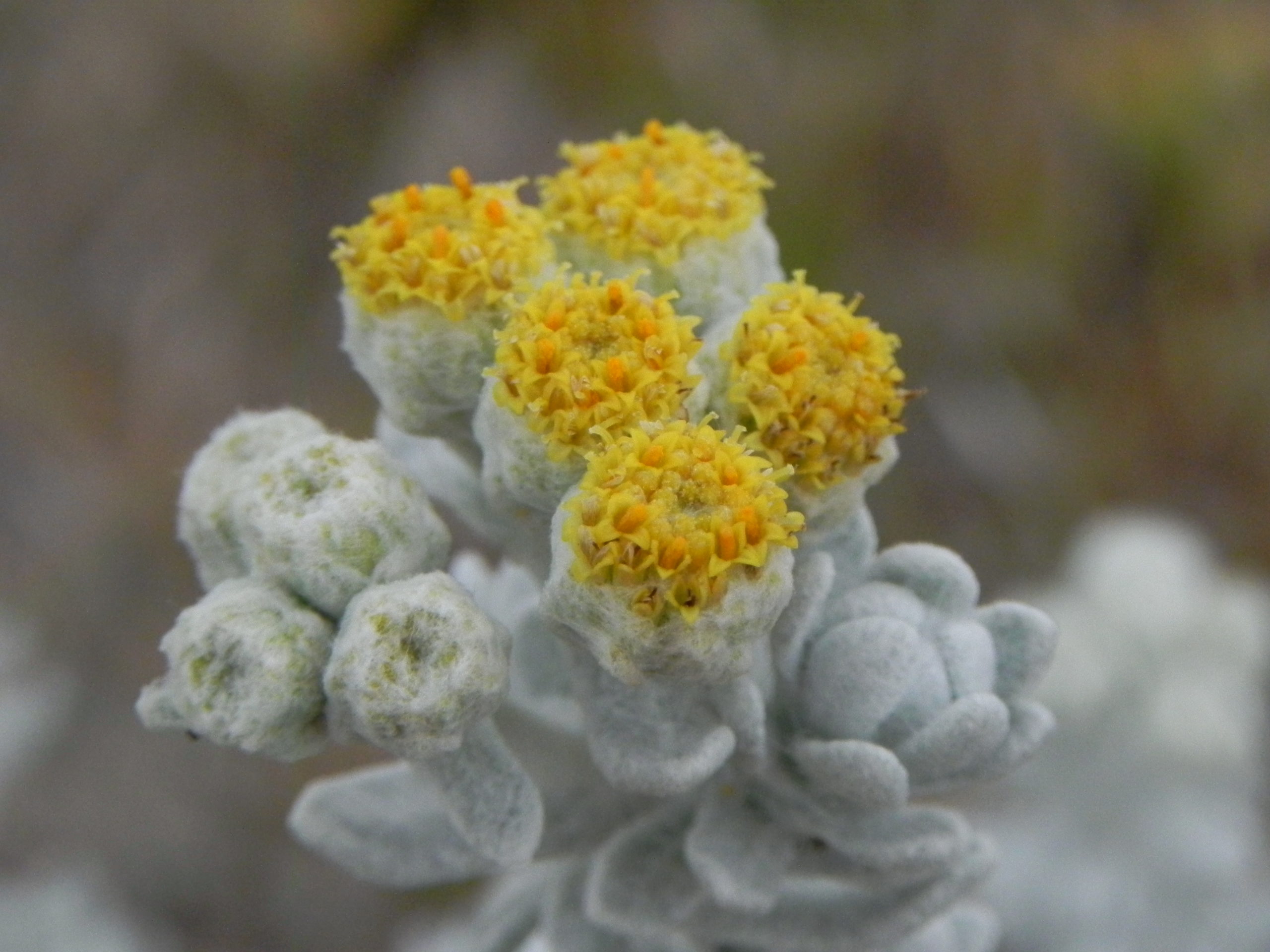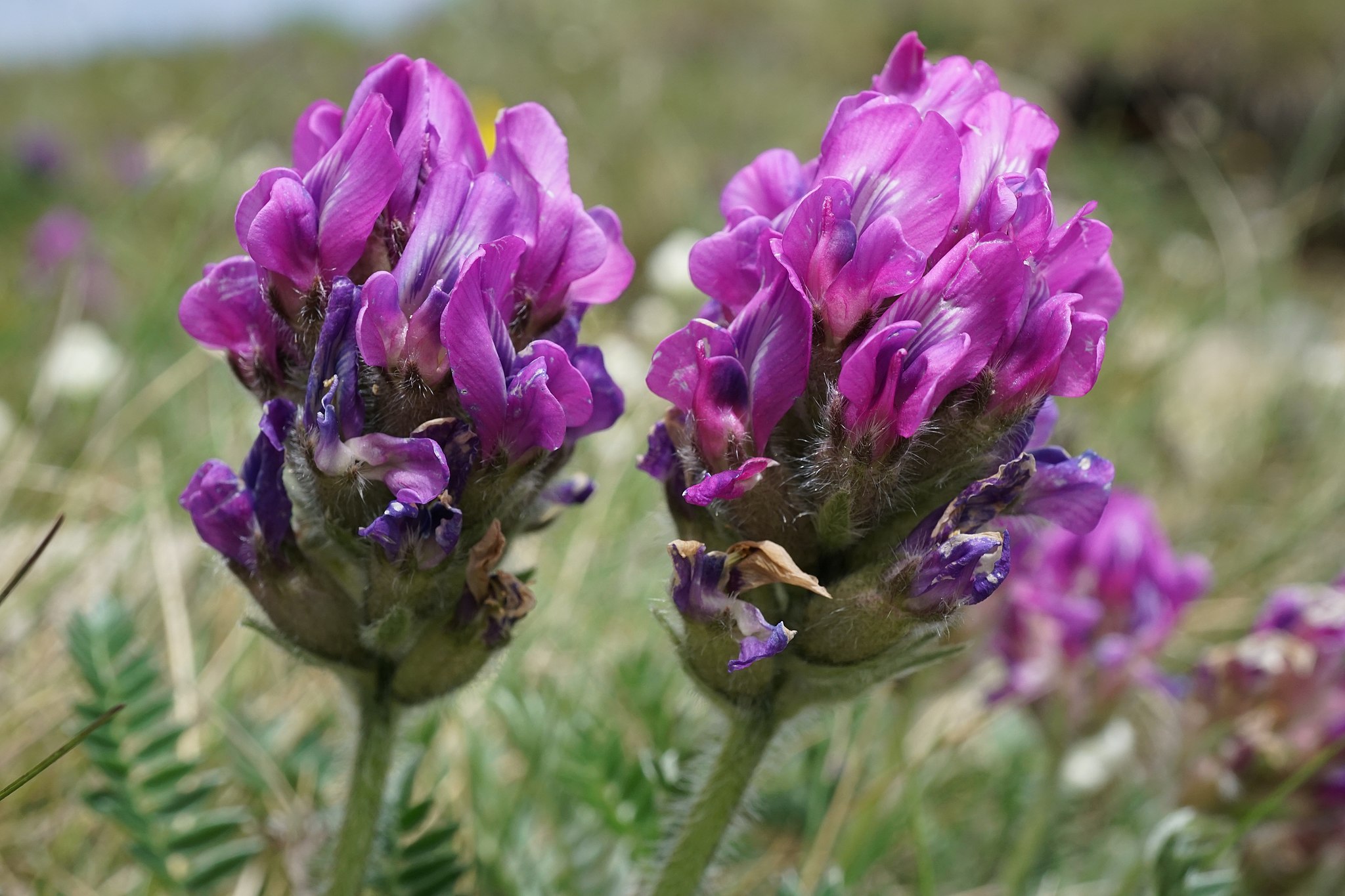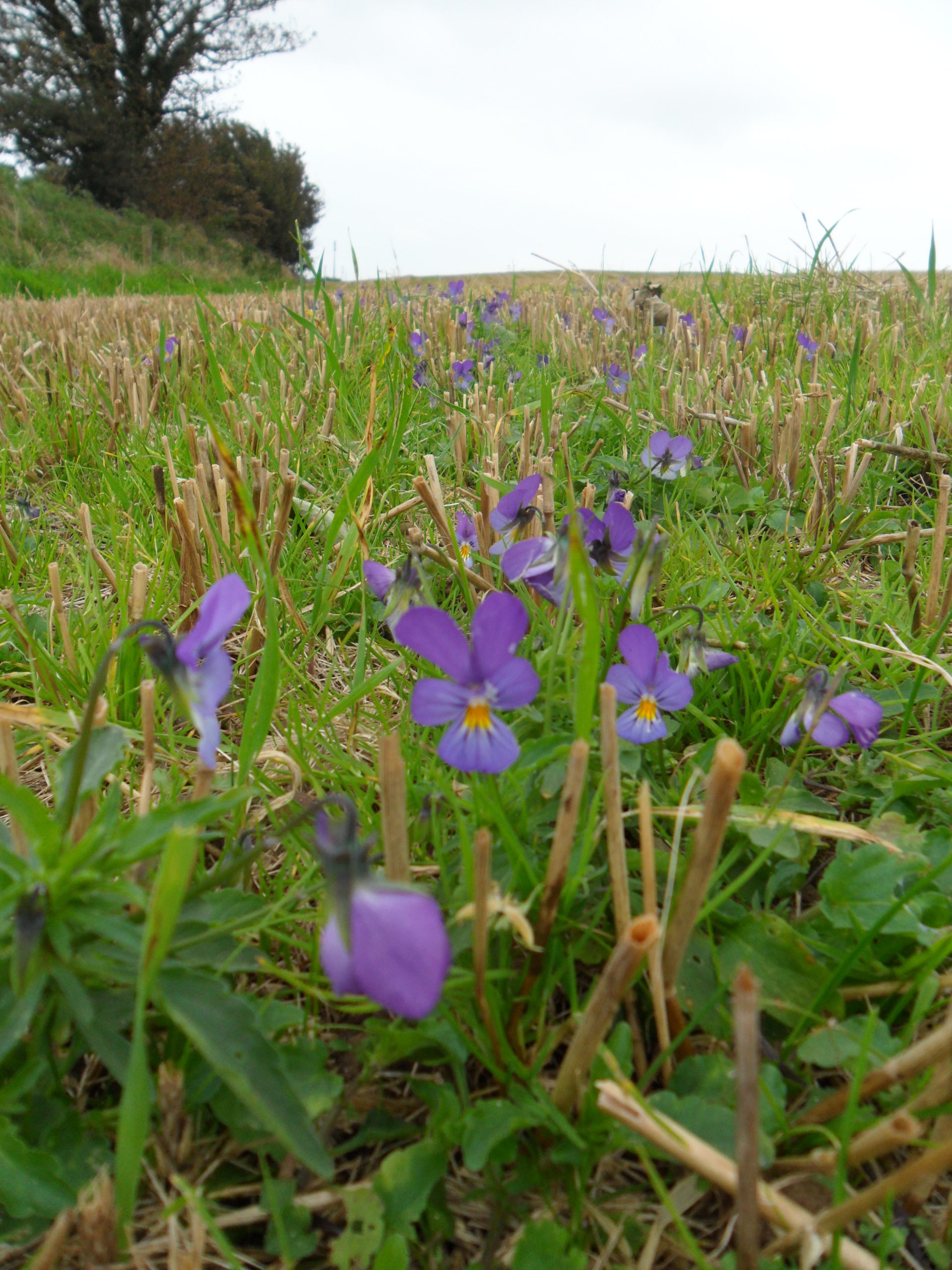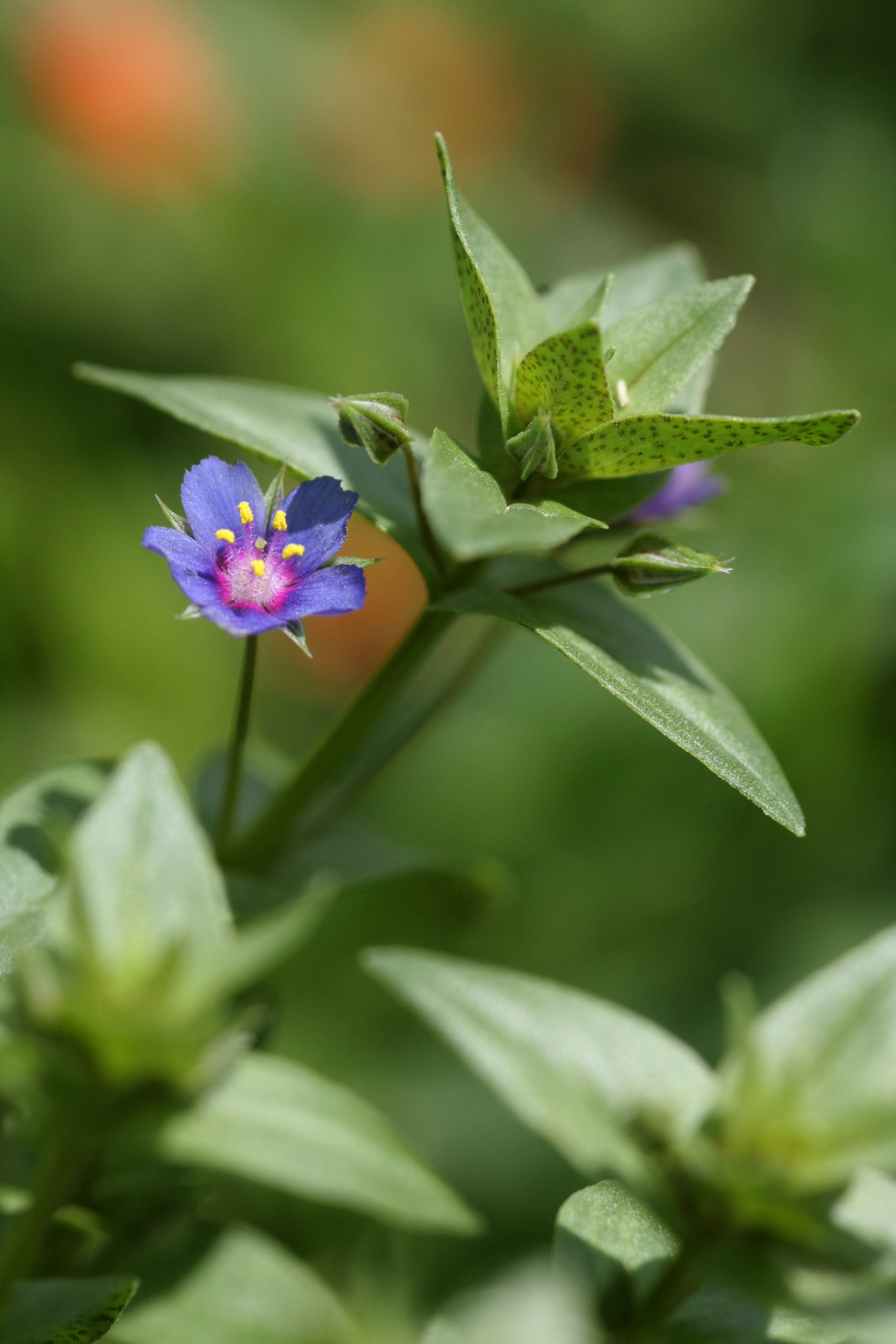The Rare Plant Project Ireland (RPPI) is a three-year initiative to learn more about Irish Red List plant species.
Aims
- To resurvey populations of Irish Red List plant species not recorded since 2000 – despite over 20 years of intensive survey effort for Atlas 2020
- To collect information that will inform future Red Data Lists and improve our understanding of their ecology and reasons for decline.
Key points
- Search for Irish Red List populations that haven't been recorded since 2000
- Look for five populations in each county each year over next 3 years
- Make a detailed record of each population
- Involve local members and groups
- Send the data to the BSBI Database in the usual way (e.g. by MapMate)
Which species?
We’d like you to target plant species in one of the top five categories of the Irish Red List. You can see a full list of the species in the BSBI Database – click the “Items” tab then the “Taxon” or “Data” headers to sort; or download, as you prefer. Here is a summary:
| Irish Red List Category | Abbreviation | Number of species |
| Regionally Extinct | RE | 15 |
| Critically Endangered | CR | 20 |
| Endangered | EN | 25 |
| Vulnerable | VU | 61 |
| Near Threatened | NT | 98 |
| Total | 219 |
Which populations?
Would County Recorders please use the BSBI Database to identify their own target populations? To do that:
- Click this Database query,
- change the County to yours (in the first part of the query),
- run the query by clicking “display results”, wait for the results and finally click the "taxon" header to sort.
It is worth saving this page as a favourite in your browser, giving at a memorable name like “RPPI” so you can return to it easily.
Detailed Records
We would like you to collect full records for each population either using this RPPI Recording Form or a notebook. Either way, remember to include an 8 figure grid reference at the centre of the population, a population count, whether it was flowering, fruiting or both, or just vegetative (use MapMate's 'Stage') and please also note population count unit (seedlings, rosettes, clumps, etc), population extent, broad habitat and whether there were any threats. All of which can be entered in MapMate and MapMate's comments field e.g. "20 clumps scattered over 3 x 4 m of species rich grassland. Sheep grazing preventing any flowering."
It would be great if you would also list the associated species within the extent of target population, up to a maximum of 10 x 10m and enter them as separate records at the same 8 figure grid reference.
Negative records
If you fail to find the target species, make a negative record and say why you think it was not refound. These negative records can be even more informative than positive finds, especially where it's difficult to understand the reasons for decline. Here is guidance on how to make a negative record in MapMate.
Preparation
It is really important that you go out into the field well prepared after:
- Reading this guidance
- careful analysis of records in the BSBI Database - which County Recorders can download and supply to local botanists / groups
- in particular, check the target species records in the BSBI Database for notes about location, altitude, population size, extent etc.
- searches of any paper records, floras & checklists, where available, and after
- buffing up on the target species on BSBI species accounts; the accounts in the Online Atlas of the British & Irish Flora and in identification books!
Equipment
You’ll need your handlens, GPS & spare batteries, camera, recording cards, pencils and clipboard - Weatherwriter, or clipboard and plastic covering bag.
Involving local members - and non-members
This is the perfect project for local members - and non-member - botanists to become involved with, either individually, in small informal groups or in recognised ‘Local Groups’. But it is essential they liaise with County Recorders first. By involving local botanists, County Recorders can share the load, cover more target populations - and provide interesting ID and recording learning opportunities!
Safety in the field
Everyone should read this guidance on Safety in the field before taking part. Note that, as always, BSBI volunteers participate in our projects at their own risk.
